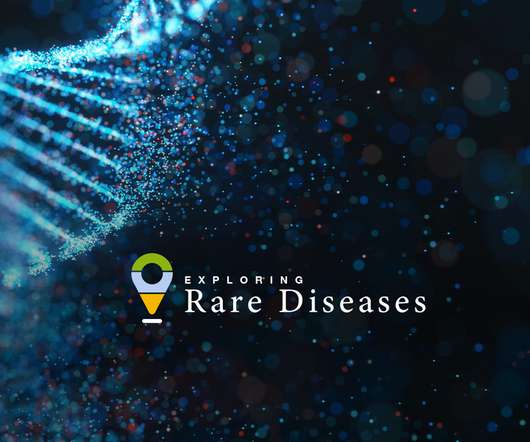The pangenome is making personalised medicine more equitable
Pharmaceutical Technology
JUNE 14, 2023
Basic human traits such as eye and hair colour are determined by our DNA. metres of supercoiled DNA contained within its nucleus. If you were to uncoil all the DNA in your body into a single continuous strand it would be 54 trillion metres in length, enough to stretch from the Earth to the Sun and back 180 times.













Let's personalize your content